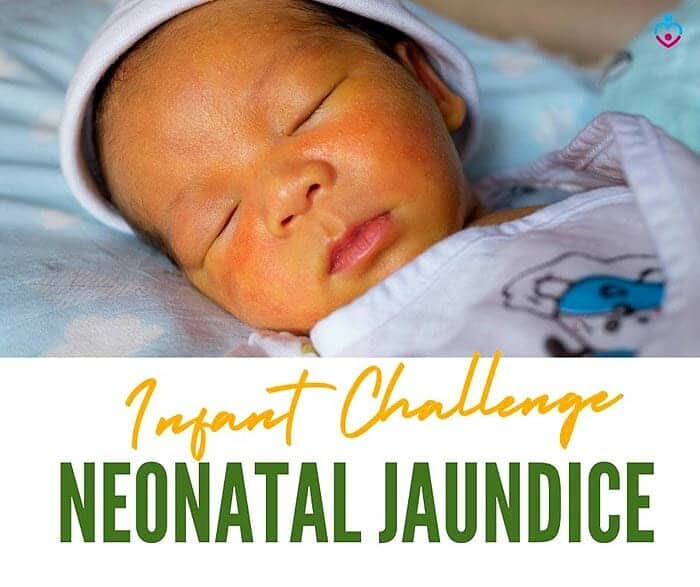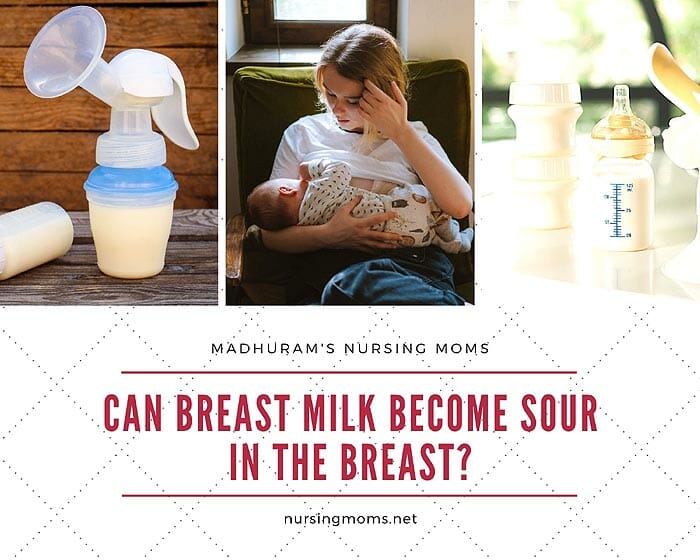
Neonatal Jaundice is a condition that happens to many babies, but it can be kept under control reasonably easily. Jaundice causes the skin to turn a yellow tint and can affect the white of the eyes.
However, all these side effects are temporary, and they can be treated with proper medical care. It can happen to babies born at term as well as babies who are born prematurely. However, it is essential to know that Jaundice can affect nursing your baby, so there are certain aspects you need to consider.
Jump to:
Main symptoms of Jaundice in babies
Neonatal Jaundice will present itself through aesthetic symptoms before anything else. However, you will notice the following signs in your baby. You will need to have your doctor investigate further and implement a treatment to improve their condition.
- In normal circumstances, Jaundice can appear in the first days after birth and disappear in two weeks. However, there are situations when this condition could last more.
- If your baby is a preemie, Jaundice can appear five to seven days after birth, and it can last three weeks until it disappears completely.
- Jaundice can also last longer if your baby is breastfed, a case in which they might be affected by this for months.
- Babies that suffer from Jaundice have yellowish skin. Usually, this yellow tint spreads from the head and face towards the chest and other parts of their body.
- Newborns that have Jaundice may also be sleepier and have different feeding schedules. Some will need to eat more, while others will need to eat much less.
![]()
What causes Jaundice in babies?
Jaundice is a condition that comes as a result of too much bilirubin present in the blood. Bilirubin is a substance that the body produces as the red cells break down. Furthermore, the bilirubin enters the bloodstream and reaches the liver. When there is too much of this yellow substance to be processed by the liver, it will cause the skin and the white of the eyes to turn a yellowish color.
Your baby's body will produce more bilirubin in the first two weeks of life. After this point, they will produce less of this substance. Still, the liver will be better developed to process it properly, which makes Jaundice stop.
It is essential to know that even if Jaundice is not a condition to be concerned about, it still needs medical attention to be kept under control.
![]()
How does Jaundice impact breastfeeding?
Babies that are breastfed have increased chances of developing Jaundice. However, this doesn't mean you should stop breastfeeding them because you notice they have this condition. Breastfeeding has too many benefits to be skipped only in the account of Jaundice.
- It is thought that breastmilk contains natural substances that slow down the liver and makes it more difficult to process the bilirubin. So, sometimes, Jaundice that is closely linked to nursing is called breastmilk jaundice.
- You will have to continue nursing your baby as you would typically do despite the jaundice condition they might have. But your doctor could suggest you feed them more frequently to stay hydrated and get all the nutrients they need.
![]()
Treatment for Jaundice
Mild or superficial versions of Jaundice don't require medical treatment. But if your baby has severe symptoms, your doctor will run a set of tests to establish the level of bilirubin in their blood.
- In severe cases of Jaundice, babies are kept in the hospital for further supervision. The treatment may include phototherapy as well as exchange transfusions.
- Usually, your doctor will apply such treatments if your baby is not showing signs of improvement in the first two weeks of Jaundice.
![]()
Jaundice that is severe and left untreated can lead to Kernicterus which can cause brain damage. This condition can even be life-threatening for infants.
![]()

